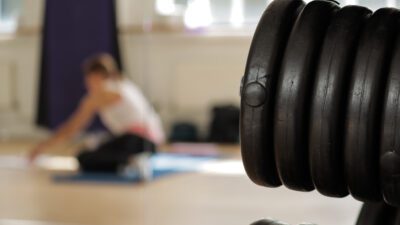
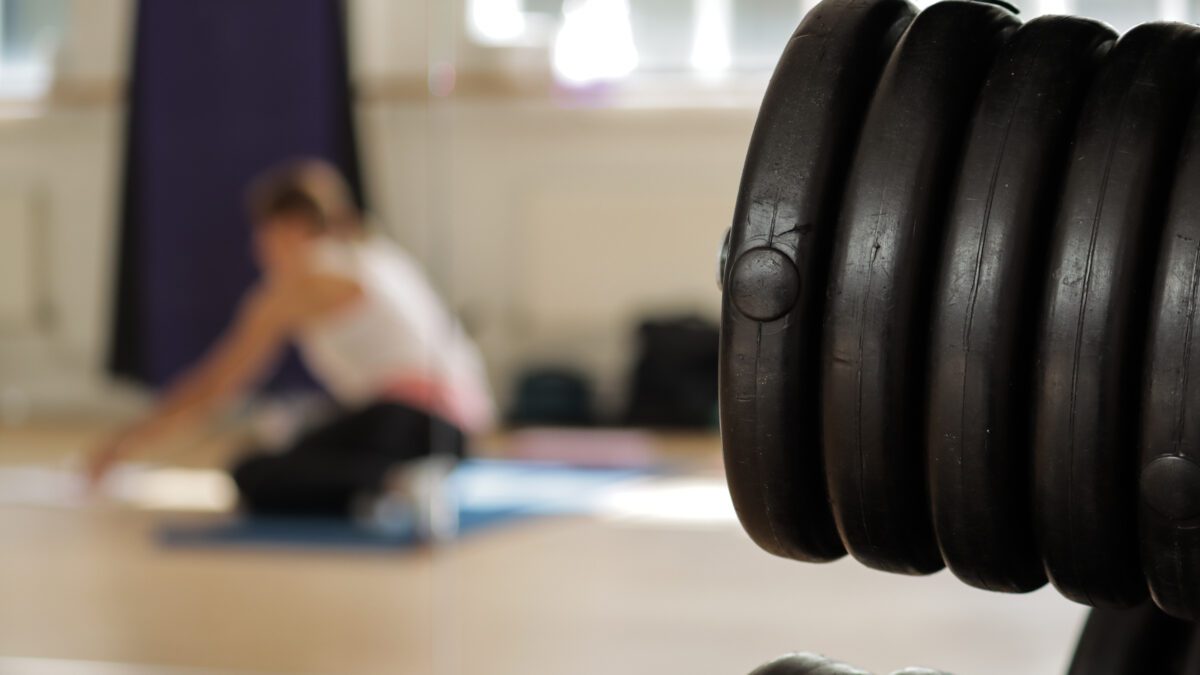


As a qualified personal trainer, you may currently be working in a public gym or health club as an employee. Many personal trainers decide to become self-employed and start running sessions in their own personal training studio or space rather than training in a gym. In this guide, we discuss the benefits of having your own studio and the key steps to setting this up.
Opening your own pt studio can be hugely beneficial for your personal training brand and business. Just like any other self-employed business owner you have the ability to manage the means of business as you would like to. This being said, we have highlighted the top 3 benefits from operating and setting up your own personal training studio.
When working in a gym or a health club you are told the rate that you will charge for a personal training session. Owning your own pt studio means that you are in control of charging the rate you believe you deserve. In line with this, you are also gaining the full payment from the session whereas a gym is likely to take a cut in each client session you have.
One of the benefits of being your own boss and owning a studio means that you can adapt the operating hours to suit your needs and even be more flexible to clients if you need to be. This would benefit time slots you can incentivise new clients with as well as improve your personal organisation ability by being more flexible.
Owning your own personal training studio is a business opportunity in itself, once you start making a profit on what you have invested in building this you can start to expand. You can employ more personal trainers to work alongside you whilst renting out your studio space to them for clients. This is another opportunity to start earning an additional income once you have opened a studio.
Now we have highlighted some key benefits, we are going to go into detail on what we believe is a vital step by step guide on how to successfully set up a training studio yourself.
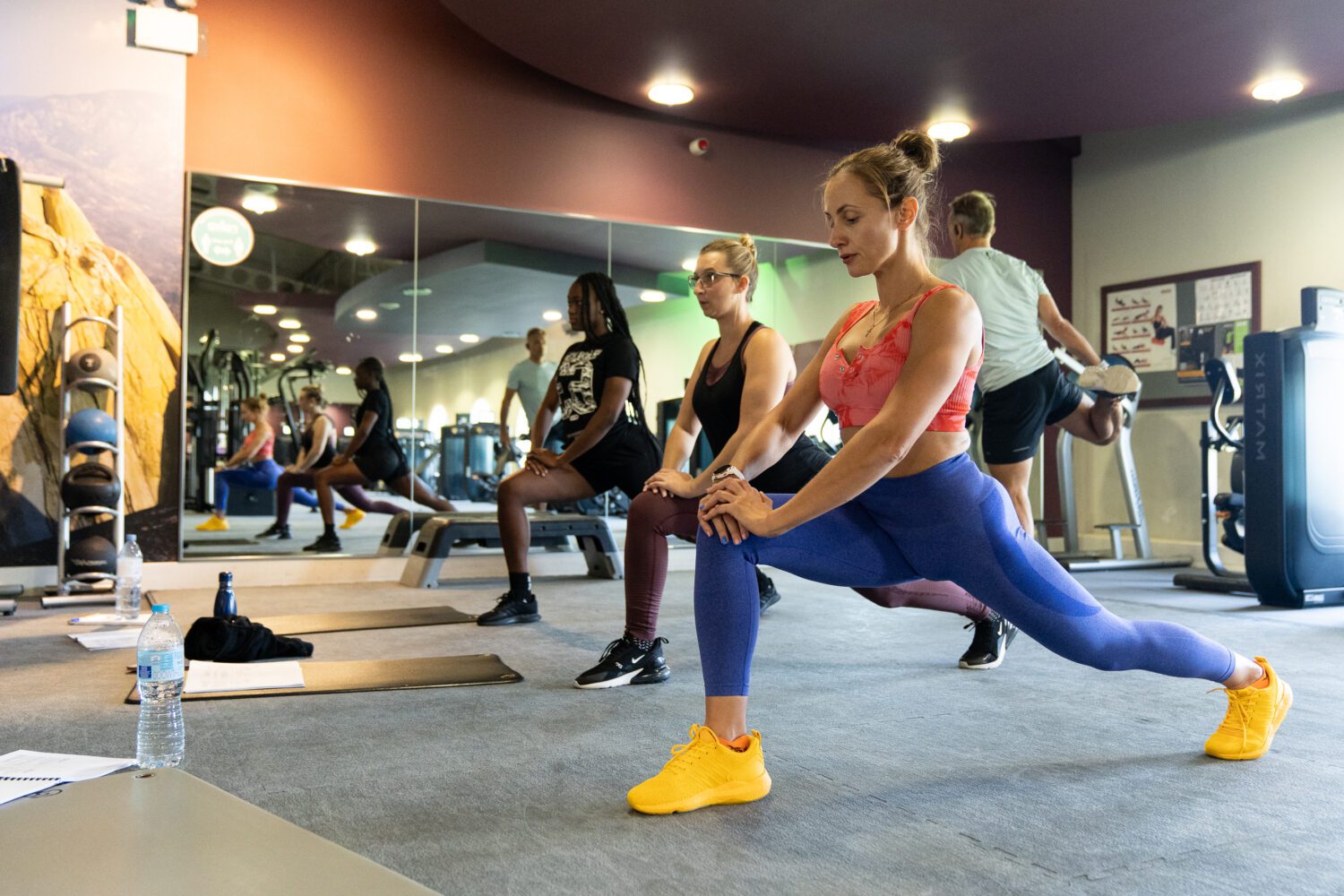
Although it may seem tempting to jump into the self-employed personal trainer role and start setting up your own studio straight away, we think it’s important you use public gyms and health clubs to build on your experience. We advise that you gain 3-5 years of experience in a gym prior to wanting to set up for yourself, this can be frustrating sometimes as the starting salary may not seem enough, however, this is just a vital step in your career.
Whilst you are working in a gym start doing some self-studying by reading, researching and learning from inspirations on how to start your own business. Doing this research and learning will provide you with the knowledge to start putting together a business plan, which will include the cost needed.
Client retention will be a key determinator on the starting client base when looking to set up on your own, this is another beneficial reason to having gym experience first. The last 3-5 years you have spent personal training would have provided you with a number of different leads and contacts for you to provide or offer your services to.
It is important that you attempt to carry as many of these clients over when you go self-employed in your own personal training studio. Provide their clients with the insights and detail they need to want to stick with you as a personal trainer. This will involve marketing yourself as a personal brand throughout your gym career to ensure that the people invest in your services rather than considering it a gym only service.
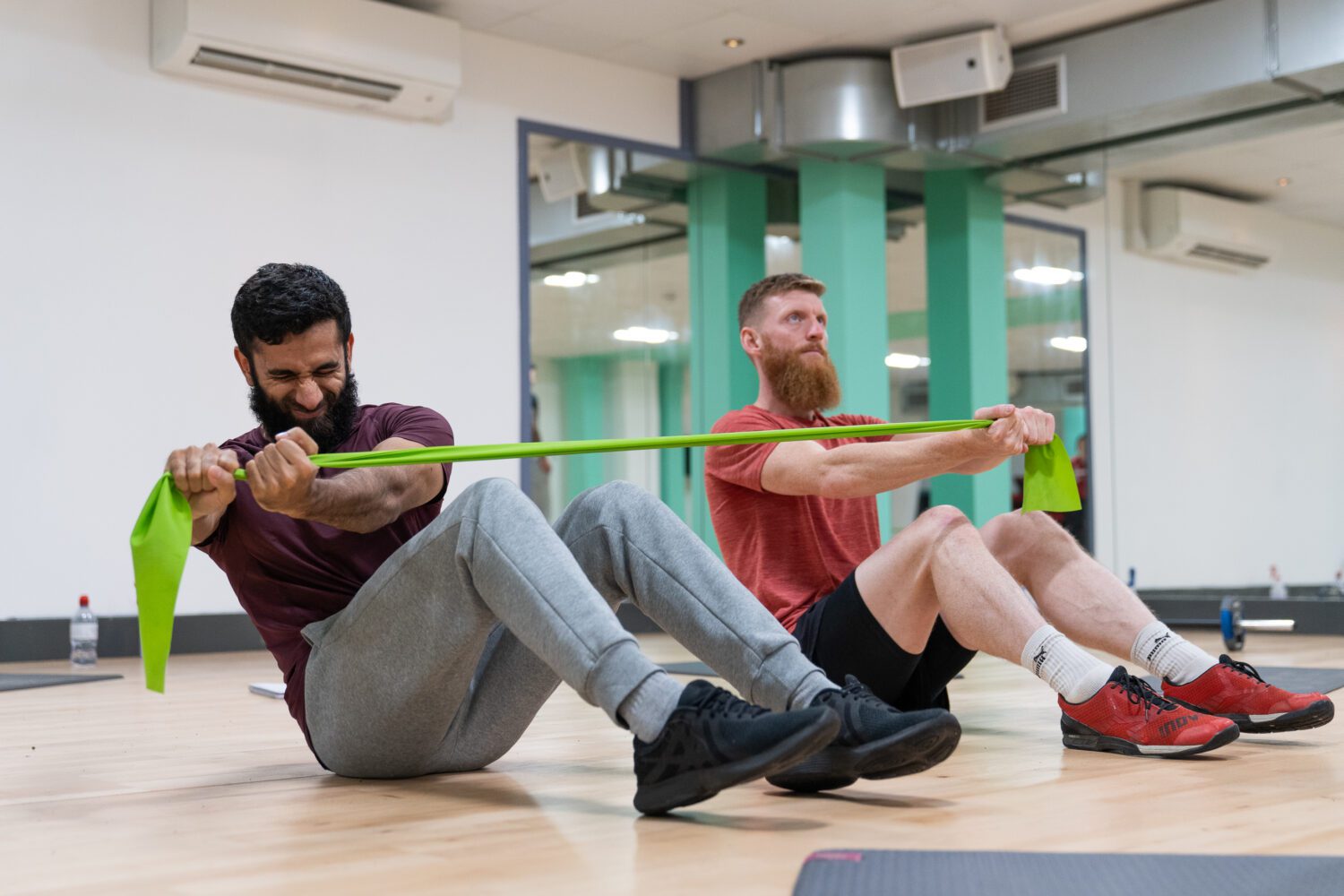
This can be one of the most difficult steps in setting your own personal training studio up as it involves investing money before guaranteeing a profit. The cost of studio space will be dependent on location and size.
If you are looking to rent a studio in locations such as London it’s likely to involve a lot more cost than it is worth in less central parts of the UK. With this in mind others do consider building their own studio which involves more upfront cost however avoids the higher rental costs you would get from an existing studio.
The size of your personal training studio can be determined by you before you start looking at where to rent or buy. You should consider how much equipment you need to get in there, what type of personal training do you do and will there ever be group sessions or just one-to-one? These are all key questions for you to determine how much space you need for you to then figure out the cost of investment for the studio.
This is likely to be the second-largest expense when setting up your own personal training studio however it’s a necessary step to satisfy clients. This cost can be determined in a similar way to the rental space by looking at what type of personal training you provide, who are the majority of your current clients and what you need to ensure your clients achieve their fitness goals.
For example, if you mainly use a functional training approach your main go-to equipment is likely to be dumbbells, stability balls and resistance bands which is the cheaper route. Alternatively, if your training is more strength-focused, you are likely to need squat racks, bench presses and larger types of equipment this involves a lot more cost-wise. The point is you need to ensure your studio is prepared for different fitness levels, you could have individuals who want to build muscle, tone, lose weight or just improve overall fitness.
The cost of the equipment can seem daunting at first, investing some time into planning for the cost and ensuring you have all the necessary equipment you need will pay off. It seems like a large cost where it is upfront, however, this will last a long time and you will eventually be in profit. To ensure you are fully equipped to start personal training in your studio we have put together a list of essential personal training equipment
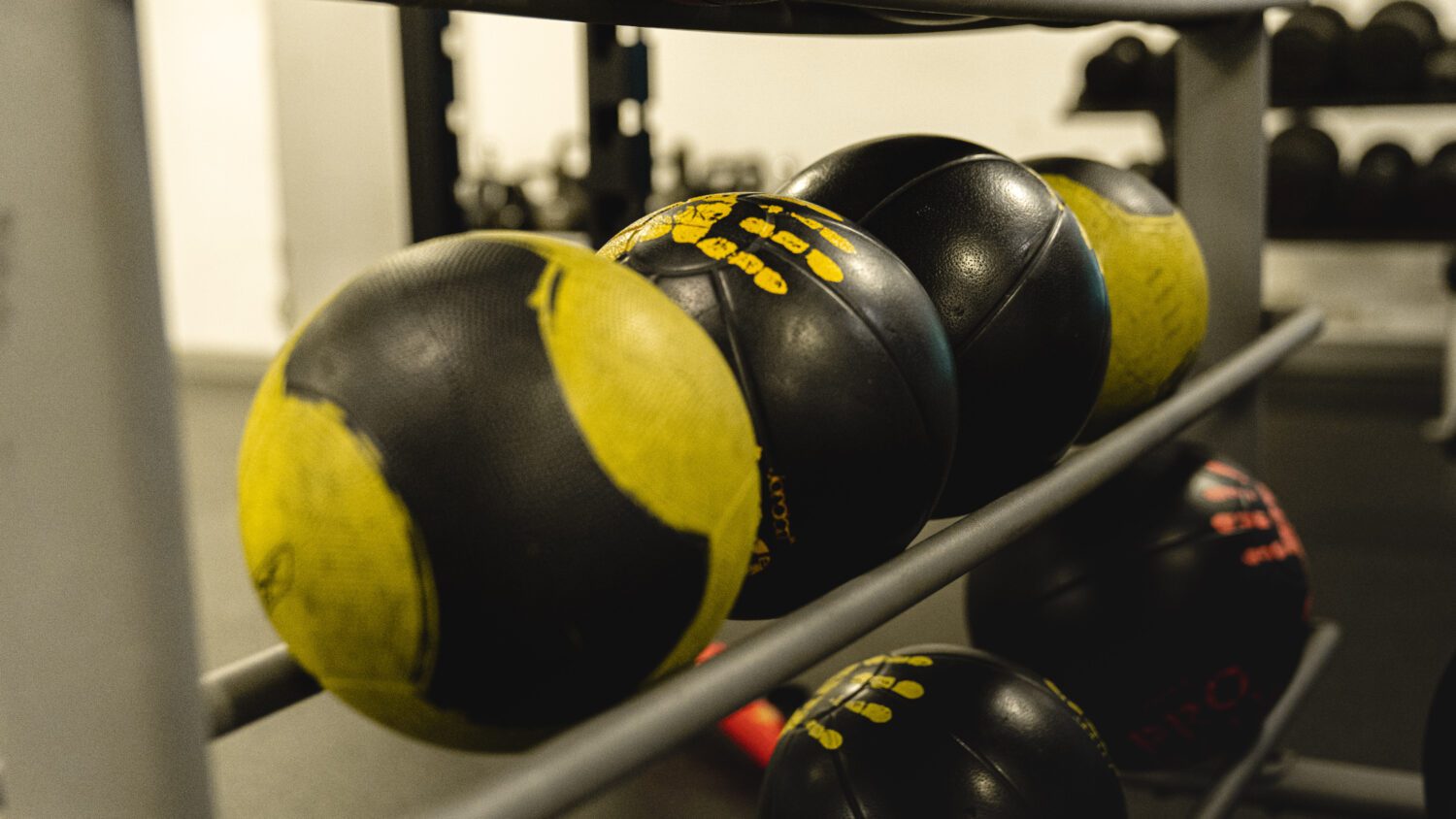
Ensuring you have liability insurance is a must as a Personal Trainer as this covers you for claims from a third party, working in an active industry there is a chance that a client could injure themselves during a session so it’s not worth risking. This would also include any damage done to equipment to avoid incurring costs to damage that may have been out of your control.
Purchasing liability insurance is one of our key steps in setting up a personal training business, this is even more important when you are looking to open your own personal training studio.
Opening your own studio can be beneficial in the long run, however, setting up and getting started can be a disadvantage to the process. Below we have highlighted some key disadvantages areas people may have when starting to set up their own personal training studio.
Personal training studios can be a really beneficial step in your personal training career and it is definitely one that shouldn’t be ignored. However, if this is something you want to do, set yourself a personal goal as to when you want to achieve this and why. By putting time and expectation into the goal you will naturally push yourself to work towards this. This guide has been created to best prepare anybody who is looking to open their own studio, so follow all these key steps and carry out additional research then you are good to go!